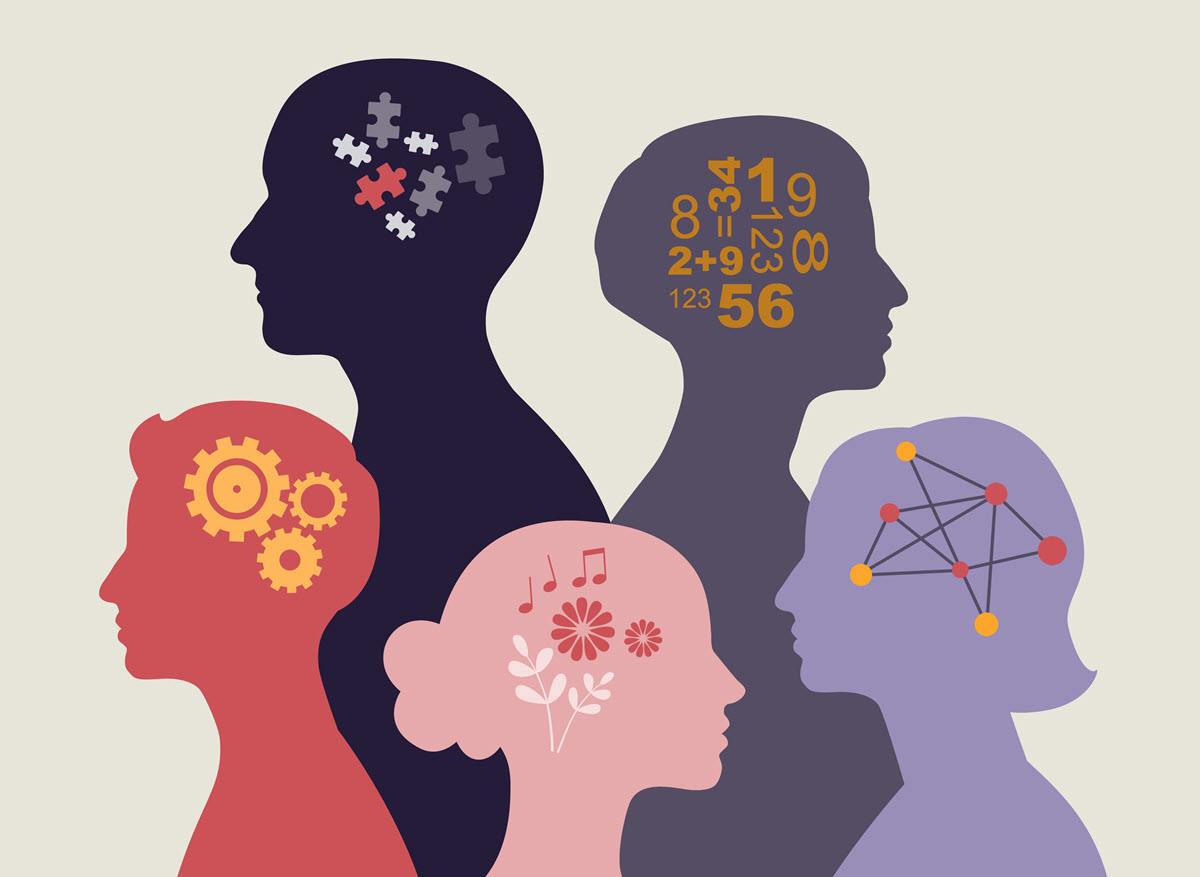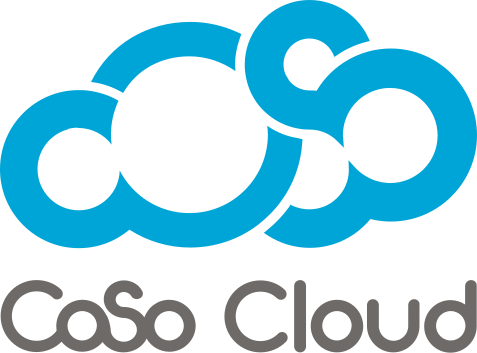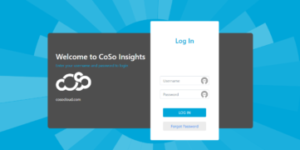
What Instructional Designers Can Learn from Neurodiversity
April 16, 2024
For many years, organizations have worked to understand and capture the value of diversity. In the past, diversity was mostly thought of in terms of race, gender, national origin, differences in life experience, and so on. Recently, a more subtle kind of diversity has been identified as valuable—diversity in the way people think and perceive the world.
While “neurodiversity” has become a hot topic of discussion, the underlying concept is old. For anyone with experience in the corporate world, it’s clear that, for example, people who excel in engineering or accounting often have brains that work differently from people who excel in sales or marketing.
What the concept of Neurodiversity brings to the discussion is the idea that the different ways our brains work can cause disability—But that disability can often be ameliorated by a better designed environment. When training takes into account different ways of thinking, perceiving, processing information, and communicating with others, the overall value of the training strategy can be increased. While most people can adapt themselves to the way training is designed, the best training can offer each learner a path of least resistance to skill and knowledge acquisition, accelerating their learning.
In the context of e-learning, many of the principles discussed below are beginning to be integrated into off-the-shelf platforms. If, however, a firm is building a custom e-learning environment, it’s a great opportunity to include features that reflect the particular makeup of the organization, allowing every employee to get the most out of training.
When creating the strategy and execution for an e-learning environment, organizations should consider:
- Providing Flexible Pacing and Timelines: Offer self-paced learning options that allow students to work through content and assessments at their own speed. This accommodates learners who may need more time to process information or complete tasks.
- Utilizing Multimodal Content Delivery: Incorporate a variety of content formats such as text, audio, video, interactive simulations, and visuals. This caters to the diverse learning preferences and cognitive strengths of different neurotypes.
- Implementing Accessible Design: Ensure all e-learning materials and platforms adhere to web accessibility guidelines. This includes features like adjustable text sizes, high-contrast displays, screen reader compatibility, and keyboard navigation.
- Offering Customizable Interfaces: Allow learners to personalize the display, layout, and interaction mechanisms of the e-learning environment. This empowers them to optimize the interface to their individual needs and preferences.
- Providing Multimedia Captioning and Transcripts: Include accurate captions and written transcripts for all audio and video content. This supports learners with auditory processing differences or hearing impairments.
- Integrating Assistive Technologies: Integrate assistive technologies, such as text-to-speech and speech-to-text, into the e-learning platform. This enables learners to leverage the tools they rely on.
- Implementing Universal Design for Learning (UDL): Apply the principles of UDL, which emphasize providing multiple means of representation, expression, and engagement. This ensures the e-learning experience is designed to be accessible and inclusive from the outset.
- Offering Varied Assessment Formats: Provide a range of assessment options, such as essays, projects, presentations, and performance-based tasks, in addition to traditional tests. This allows learners to demonstrate their knowledge and skills in the way that best suits their neurotype.
- Incorporating Frequent Feedback and Scaffolding: Implement regular, constructive feedback mechanisms and scaffolding techniques to support learners as they navigate the e-learning content and activities. This can help mitigate challenges faced by some neurotypes.
- Fostering Inclusive and Supportive Learning Communities: Encourage peer-to-peer interaction, collaboration, and peer-to-instructor engagement within the e-learning environment. This can help foster a sense of belonging and community for diverse learners.
As we continue to learn about the ways diversity manifests itself in the workforce, we continue to find that cultivating it is not only the right thing to do, but is good for business and healthy organizations. Neurodiversity offers us a new way to think about diverse workforces along with the opportunity to build e-learning environments that further accelerate skills and knowledge acquisition for all learners.











